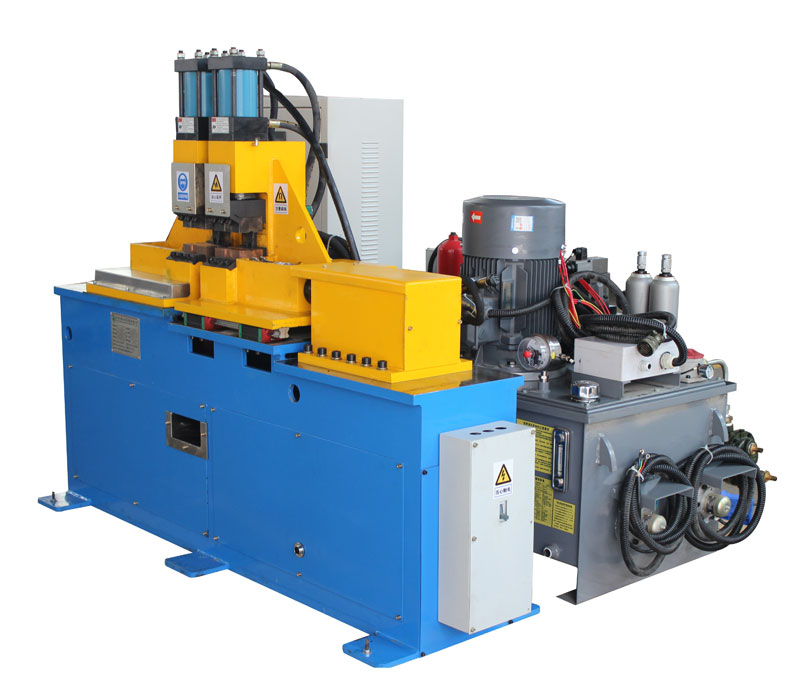Flash butt welding is a versatile and powerful technique for joining thick and large workpieces, making it an invaluable method in various industrial applications. In this article, we will explore the key considerations and steps involved in successfully welding such workpieces with a flash butt welding machine.
1. Equipment Selection: To weld thick and large workpieces, you need a flash butt welding machine that can handle the size and thickness of your materials. Ensure the machine’s capacity matches the requirements of your specific project.
2. Material Preparation: Properly prepare the workpieces by cleaning, aligning, and securing them in the welding machine. It is crucial to achieve precise alignment and maintain the correct gap distance between the materials.
3. Welding Parameters: Adjust the welding parameters, including the current, time, and pressure, to match the material thickness and type. Thick workpieces may require higher current and longer welding times.
4. Preheating: For thick materials, preheating is often necessary to reduce thermal stress and ensure a more uniform weld. This step can be critical in preventing cracking or distortion in the workpieces.
5. Welding Process: The flash butt welding process involves briefly applying an electric current to the workpieces, creating a flash. After the flash, the machine quickly forges the materials together. The precise control of the flash and forging parameters is essential for a successful weld.
6. Inspection and Testing: After welding, inspect the weld joint for defects and imperfections. Use non-destructive testing methods such as radiographic testing or ultrasonic testing to ensure the weld’s quality.
7. Post-Welding Heat Treatment: Depending on the materials and requirements, post-weld heat treatment may be necessary to relieve residual stresses and improve the mechanical properties of the weld.
8. Finishing and Cleanup: Once the welding is complete, remove any excess material and smoothen the welded area to meet the desired specifications.
9. Safety Measures: Ensure that all safety precautions are taken during the welding process, including personal protective equipment, proper ventilation, and compliance with local safety regulations.
10. Quality Control: Implement a robust quality control system to monitor the welding process and ensure that the finished welds meet industry standards and project requirements.
In conclusion, welding thick and large workpieces with a flash butt welding machine demands careful planning, precise execution, and adherence to safety standards. With the right equipment and a thorough understanding of the process, you can achieve strong and reliable welds on even the most substantial materials, making flash butt welding a valuable technique in heavy industry and manufacturing.
Post time: Oct-27-2023



